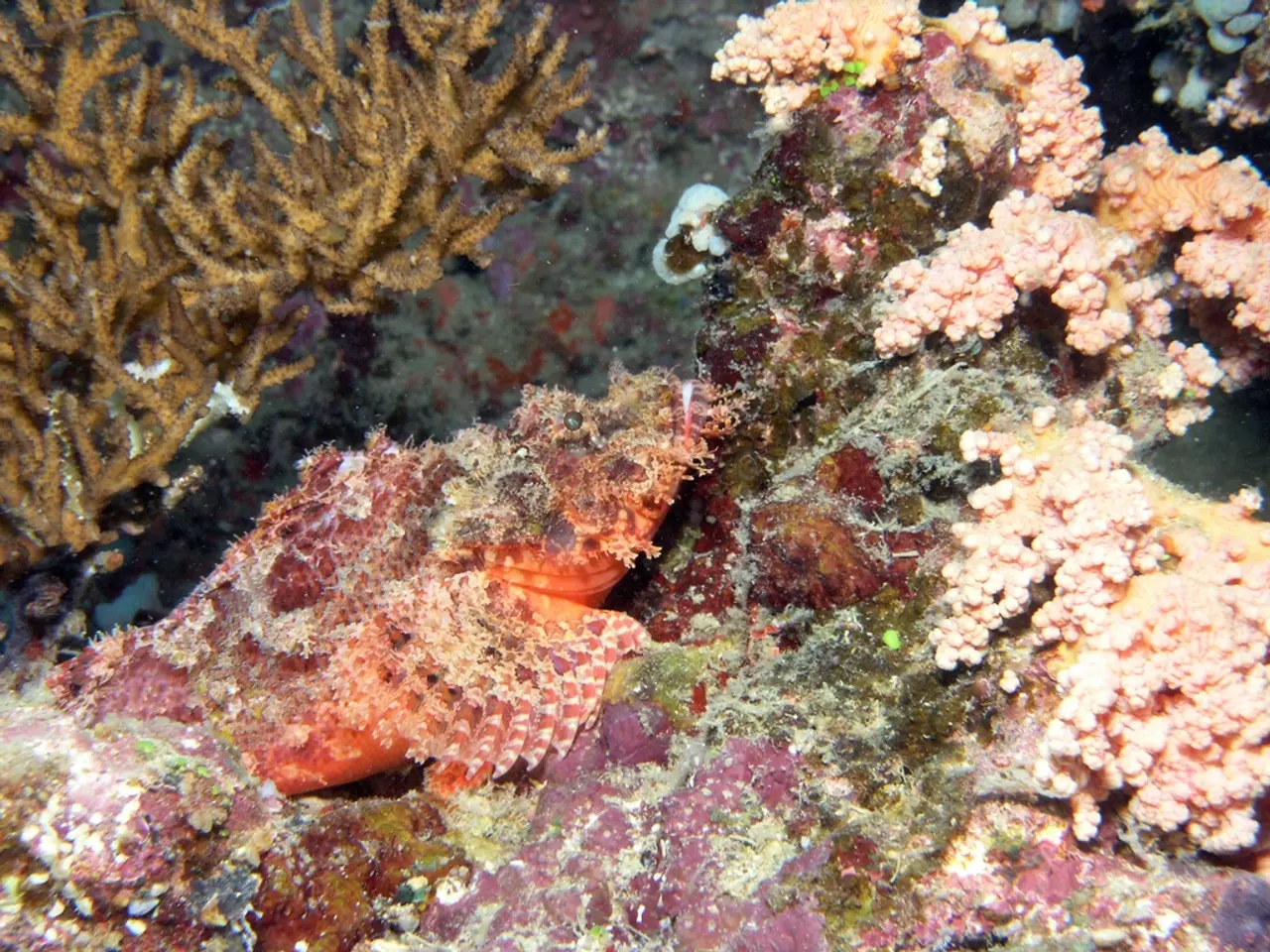Approaching the doorway of the High Seas Treaty's formal implementation, what lies ahead?
The High Seas Treaty, also known as the Biodiversity Beyond National Jurisdiction (BBNJ) agreement, is set to revolutionise the protection and management of marine biodiversity in the high seas, an expanse covering approximately two-thirds of the ocean that lies beyond any national jurisdiction. After nearly two decades of negotiations, the treaty was adopted in March 2023 and is poised to come into force once ratified by 60 countries[1][3].
### Key Provisions
The treaty is structured around four core pillars:
1. **Area-Based Management Tools (ABMTs) and Marine Protected Areas (MPAs):** The treaty lays the groundwork for creating new marine protected areas in the high seas, based on scientific evidence and a consultative process. MPAs are legally recognised zones dedicated to preserving marine biodiversity and ecosystems[1][2][5].
2. **Marine Genetic Resources (MGRs) and Benefit-Sharing:** The treaty establishes rules for the fair and equitable distribution of benefits derived from the commercial use of genetic material from high-seas organisms. This includes applications in medicine, cosmetics, food, and biotechnology, ensuring that benefits support global health and innovation efforts[1][3][5].
3. **Environmental Impact Assessments (EIAs):** The treaty mandates that countries and companies planning activities in the high seas, such as deep-sea mining or fishing, must conduct thorough environmental impact assessments. These assessments must adhere to international standards and be shared transparently to prevent harm to marine ecosystems[1][2][5].
4. **Capacity Building and Transfer of Marine Technology:** To promote equity, the treaty includes provisions to support low-income countries through technology transfer and sharing of knowledge. This ensures all countries can effectively participate in conserving and sustainably managing high-seas biodiversity[1][2][5].
### Implications and Impact
- **Enhanced Conservation:** The treaty provides a legally binding framework for the designation and management of MPAs on the high seas, offering systematic, science-based protection for important marine habitats and biodiversity hotspots that were previously unregulated or inadequately managed[1][2][4].
- **Equitable Use of Resources:** By regulating marine genetic resources and ensuring benefit-sharing, the treaty addresses economic justice, preventing exploitation by a few actors while supporting global innovation and equitable development[1][3][5].
- **Improved Environmental Governance:** The introduction of mandatory EIAs and transparency requirements will improve the regulation of potentially harmful activities like deep-sea mining, fishing, and maritime traffic, helping to mitigate ecological damage and preserve ocean health[1][2].
- **Global Cooperation and Capacity Improvement:** The treaty fosters international cooperation and builds capacities, especially for developing nations, helping to level the playing field in ocean governance and encouraging inclusive, global stewardship of the high seas[1][2][5].
- **Synergy with Existing Agreements:** The treaty aims to align efforts with existing multilateral environmental agreements such as the Convention on Biological Diversity (CBD), CITES, and regional seas agreements to enhance coherence and effectiveness in protecting marine biodiversity beyond national boundaries[2].
The High Seas Treaty represents a significant leap forward for ocean governance by establishing a comprehensive, equitable, and science-based framework for the conservation and sustainable use of marine resources in international waters. It has the potential to safeguard marine biodiversity, support the climate regulation functions of the ocean, and enable sustainable economic benefits from the high seas into the future[1][2][3][4][5].
As of January 2024, Palau and Chile have ratified the treaty, with several other countries following suit. However, the US has signed but is unlikely to ratify, and Russia is yet to sign[1]. The effectiveness of the treaty may be compromised if major nations do not sign up. The first COP meeting will decide the workings of the treaty's funding mechanism, and a scientific and technical body for the treaty will be launched to review proposals for marine protected areas (MPAs) and give advice to the COP.
The high seas face growing pressures such as climate change, industrial fishing, pollution, increased vessel traffic, and potential deep-sea mining. The treaty introduces a more coordinated approach and conservation tools that go beyond the UN Convention on the Law of the Sea (Unclos). A voluntary fund paid for by wealthier nations will be established to build capacity in developing countries, and the ISA is developing its own regulations and standards for deep-sea mining, which may require coordination with the High Seas Treaty's environmental impact assessment (EIA) rules.
- The High Seas Treaty, often called the Biodiversity Beyond National Jurisdiction (BBNJ) agreement, is poised to revolutionize environmental-science and policy-and-legislation, setting a science-based framework for the protection and management of climate change and biodiversity in the high seas.
- The treaty's four core pillars include Area-Based Management Tools (ABMTs) and Marine Protected Areas (MPAs), Marine Genetic Resources (MGRs) and Benefit-Sharing, Environmental Impact Assessments (EIAs), and Capacity Building and Transfer of Marine Technology.
- With the ratification by 60 countries, the treaty can come into force and effectively enhance conservation of marine biodiversity hotspots, ensure equitable use of resources, improve environmental governance, global cooperation, and capacity improvement, especially for developing nations.
- As global news unfolds, it's crucial to monitor the ratification processes, particularly from key players like the United States, as their participation may determine the treaty's overall effectiveness and impact on the high seas' health and the global environment.







